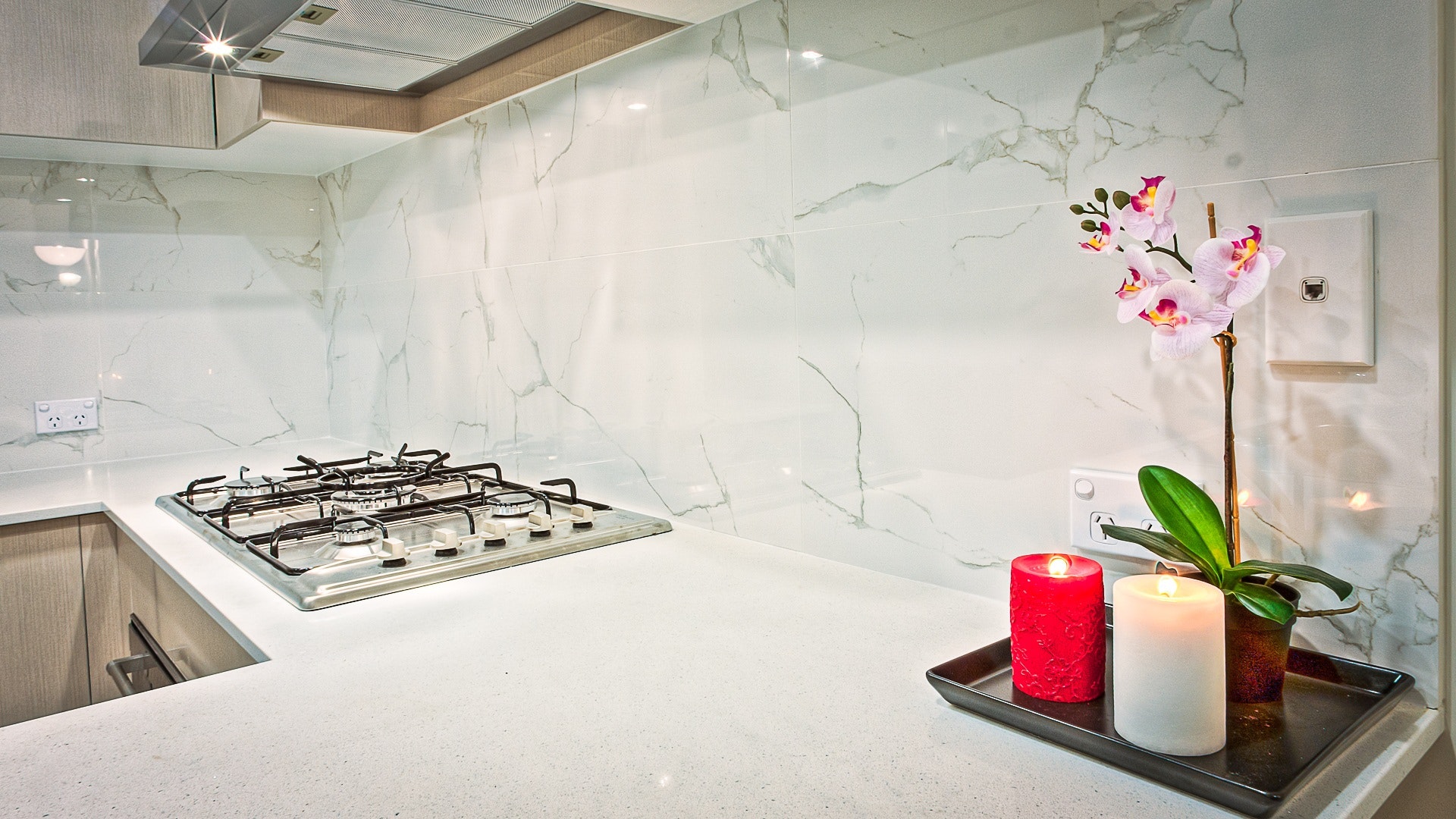5 Potential Home Safety Hazards
Now that you have purchased your dream home, it is important to learn about the common safety hazards and ways to prevent them to ensure you are doing everything you can to make your home safe. Here are some common safety hazards in the home and simple solutions to keep you and your family free from harm.
Carbon Monoxide Leaks
Carbon monoxide (CO) is commonly known as the silent killer. This is because it cannot be detected by smell or any other warning signs. Low exposure to carbon monoxide can cause headaches and dizziness, while high exposure can cause vomiting, impaired vision, or even death. There are some things you can do to help ensure your family is safe against carbon monoxide:
- Install a CO detector – this will alert you if CO reaches dangerous levels in your home.
- Home maintenance – to ward off CO leaks, it is smart to have a professional service your HVAC system, water heater, and other appliances that use gas, oil, or coal at least once a year.
- Never use outdoor equipment in your home.
Fire Hazards
Household fires are a common home accident and something that can be a big concern for homeowners. Residential fires and burns are the third leading cause of unintentional home injury and deaths in the United States. Here are a few ways to prevent fires and burns in your home:
- Install fire alarms – be sure to put fire alarms on all levels of your house and change the batteries annually.
- Monitor candles – never leave candles unattended or use them near drapes or curtains.
- Be careful when cooking – never leave a pan of oil unattended.
- Keep out of reach of children.
Poison
Poisoning is the second leading cause of death in the United States, children being the ones most affected. Here are some tips to prevent you and your children from being harmed by poisonous products:
- Store cleaning products and harmful products in higher-up cupboards and out of reach of children.
- Store paint and pesticides in the garage or shed that are locked and on high shelves.
- Do not leave children unattended in the kitchen.
- Label all unmarked containers.
- Keep the details of poison control in your phone in case of emergency.
Choking/Suffocation
Choking and suffocation is a definite hazard for small children but is also something that adults should be wary of. Here are some safety tips about choking and how to keep your family safe:
- Inspect toys – check your children's toys for any loose parts.
- Know how to perform first aid on your child in case they start to choke.
- Make sure your child only plays with age-appropriate toys.
- Have kids chew their food thoroughly when eating.
- Always remove your infant's bib after mealtime.
- Do not leave babies unattended in a stroller.
Drowning
You may think that drowning is only a risk at swimming pools, but this is not the case. There are many places in the home that can present a drowning hazard. Here are some ways to prevent drowning:
- Bathing children – never leave a child in the bathtub unattended. This is a very common way kids drown in homes. Also, when children are very young, always close the toilet lid.
- Keep your pool secure – make sure children and people who cannot swim are always monitored and ensure that pool safety equipment (buoy, drowning hook) is available in case of emergency.
- Learn the signs of drowning – If your child slips into the pool, it is important to know the warning signs of drowning and to learn rescue techniques.
Home safety is an important part of homeownership. Knowing the common home safety hazards is a great first step in ensuring everyone stays healthy and safe.
Looking to buy a home but do not know where to begin? Contact AnnieMac Home Mortgage today.
